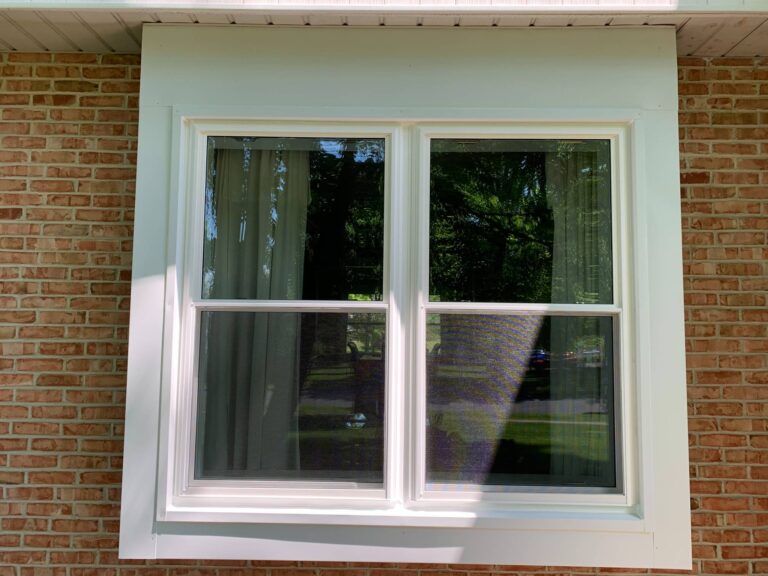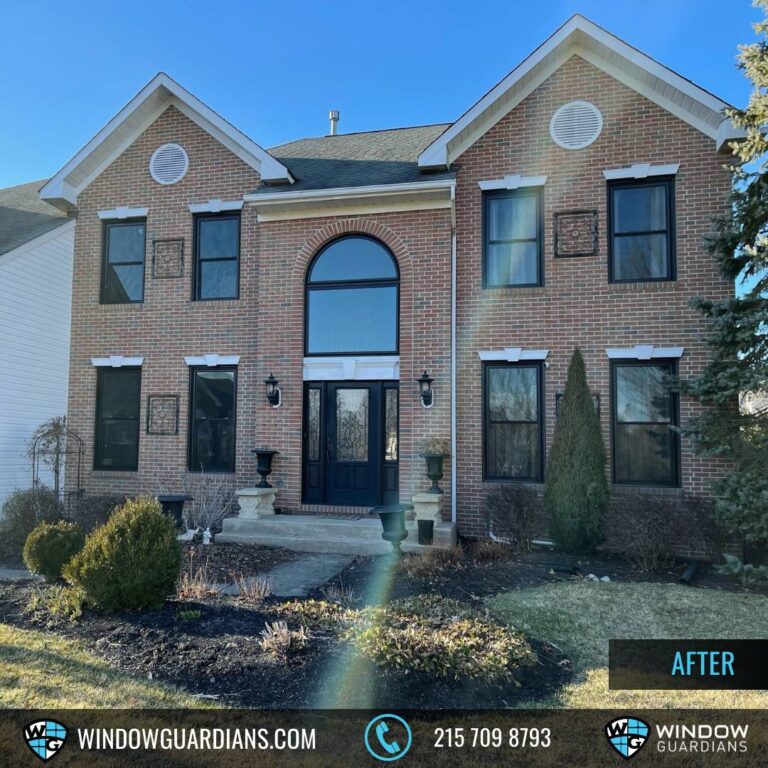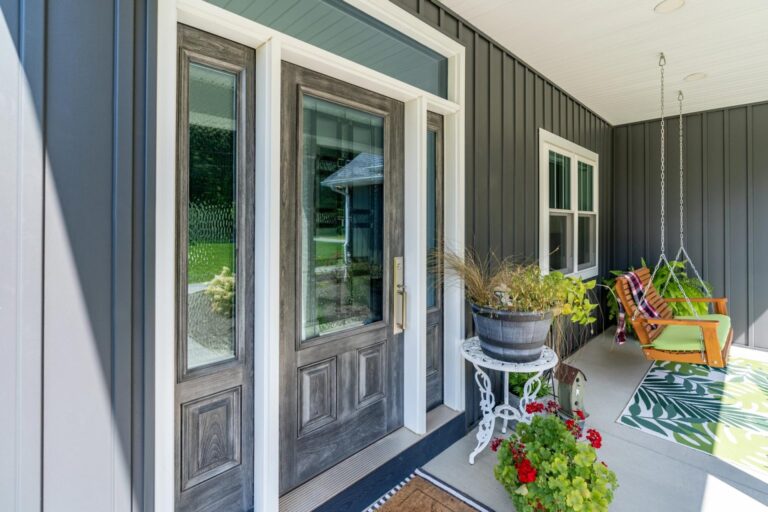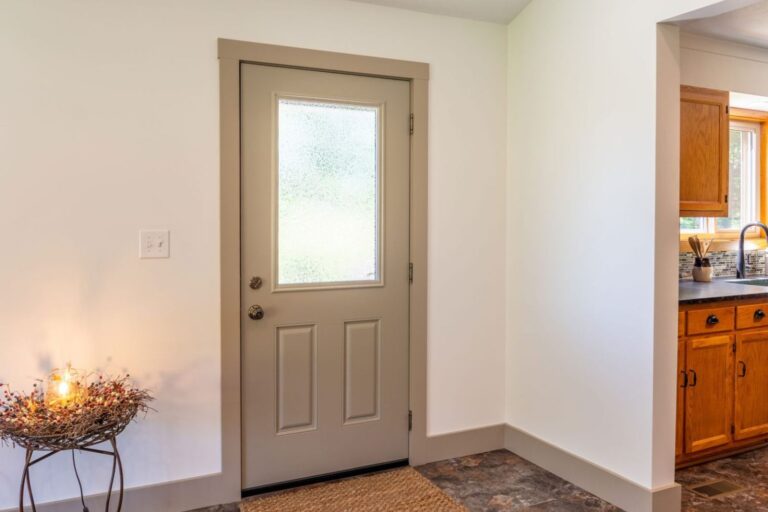Energy-efficient windows have become increasingly important in today’s world, where energy conservation is a top priority. Not only do they offer a multitude of benefits, but they also have the potential to significantly reduce utility bills and our carbon footprint. In this comprehensive guide, we will delve into the world of energy-efficient windows, exploring their workings, the different types available, and strategies for maximizing energy efficiency. By the end, you’ll be equipped with the knowledge to double your savings and make a positive impact on the environment.

Understanding Energy-Efficient Windows
Why Energy Efficiency Matters
They play a vital role in reducing both energy consumption and environmental impact. By minimizing heat loss or transfer, they help to keep homes cool in the summer and warm in the winter, decreasing reliance on heating and cooling systems. As a result, utility bills are significantly reduced, saving homeowners a substantial amount of money in the long run. Additionally, lower energy consumption leads to a decrease in greenhouse gas emissions, contributing to a healthier planet for future generations.
How Energy-Efficient Windows Work
The science behind the efficiency of these windows lies in their innovative features. These windows are typically made with two or three panes of glass, separated by an insulating space filled with air or gas. This design effectively reduces heat transfer, preventing warm or cold air from escaping or entering the home. Furthermore, energy-efficient windows often feature low-emissivity (low-E) coatings, which minimize the amount of ultraviolet and infrared light that passes through the glass. This not only helps to regulate indoor temperature but also protects furniture and other items from fading due to sun exposure.
Different Types of Energy-Efficient Windows
Double-Pane Windows
Double-pane windows, as the name suggests, consist of two layers of glass separated by an insulating space. This design provides enhanced insulation and reduces heat transfer, resulting in improved energy efficiency. The insulating space between the glass panes can be filled with air or gas, such as argon or krypton, to further enhance thermal performance.
Triple-Pane Windows
For even greater energy efficiency, triple-pane windows offer an extra layer of insulation. This type of window comprises three layers of glass separated by two insulating spaces. The additional layer of glass and space significantly reduces heat transfer, making triple-pane windows ideal for regions with extreme climates.
Low-E Coating Windows
Low-emissivity or low-E coating is a thin metallic layer applied to the surface of energy-efficient windows. This coating helps to reflect or absorb solar radiation, minimizing the amount of heat that enters the home. By reducing the impact of direct sunlight, low-E coating windows contribute to better temperature regulation and lower energy consumption.
Gas-Filled Windows
Gas-filled windows, often used in combination with double or triple-pane designs, involve filling the insulating space between glass layers with a dense gas. Common gases used include argon, krypton, or a mixture of both. These gases have a lower thermal conductivity than air, further enhancing the window’s insulation capabilities.
Insulated Frames
To complement the energy-saving features of the glass panes, energy-efficient windows often come with insulated frames. These frames are constructed using materials with high thermal resistance, such as vinyl, fiberglass, or wood composites. The use of insulated frames prevents heat transfer through the window frame, ensuring maximum energy efficiency.
Calculating the Potential Savings
The True Cost of Inefficient Windows
Traditional windows not only contribute to increased energy consumption but also come at a financial and environmental cost. Their poor insulation properties lead to heat loss or gain, putting a strain on heating and cooling systems. This inefficiency results in higher utility bills and greater carbon emissions, ultimately impacting both our wallets and the planet.
Estimating Potential Savings
Several factors influence the potential savings you can achieve by switching to energy-efficient windows. Variables such as the size of your home, local climate, and energy costs play a significant role. A simple formula to estimate potential savings involves multiplying the energy saved by the cost per unit of energy. By utilizing this calculation method, homeowners can gain a better understanding of the financial benefits energy-efficient windows can offer.
Strategies for Maximizing Energy Efficiency
Choosing the Right Energy-Efficient Windows
When selecting, it’s crucial to consider the local climate and regional weather conditions. Some windows are better suited for cold climates, while others excel in hot and sunny regions. Additionally, evaluating the U-factor and solar heat gain coefficient (SHGC) of windows can provide valuable insights into their insulating and heat-blocking abilities. Lastly, choosing appropriate window styles, such as casement or double-hung, can further enhance energy efficiency.
Installation and Maintenance Best Practices
Proper window installation techniques are essential in maximizing energy efficiency. Ensuring a tight seal between the window and the wall, as well as properly insulating the gaps, prevents air leakage and heat transfer. Regular maintenance, including cleaning, lubricating hardware, and inspecting seals, is also critical in maintaining the long-term energy efficiency of windows.
Complementary Energy-Efficient Solutions
Energy efficiency does not solely depend on windows; implementing other complementary solutions can further enhance savings. Weatherstripping and caulking improve insulation by sealing gaps and cracks around windows and doors. Window treatments and coverings, such as blinds or films, add an extra layer of insulation and minimize heat transfer. Embracing smart home technologies, like programmable thermostats or energy monitoring systems, enables better control and management of energy usage.
Financing Energy-Efficient Windows
Available Incentives and Rebates
A wide array of incentives and rebates are available at regional, national, and utility levels to encourage the adoption of energy-efficient upgrades. These programs often offer tax credits, grants, or discounted rates on energy-efficient products and installations. Researching available incentives and taking advantage of them can significantly reduce the upfront costs of energy-efficient windows.
Financing Options for Energy-Efficient Windows
For those who require financial assistance, various financing options can make energy-efficient windows more accessible. Home equity loans and lines of credit provide homeowners with the ability to borrow against the value of their homes. Energy-efficiency mortgages specifically offer a higher loan amount to finance energy-efficient improvements. Additionally, some utility companies and organizations offer energy-efficiency financing programs, providing loans or attractive repayment plans.
Finding and Selecting Reputable Contractors
To ensure a successful energy-efficient window installation, it is crucial to research and select reputable contractors. Tips for researching local contractors include checking online reviews, asking for recommendations from friends or family, and verifying licenses and certifications. Requesting quotes from multiple contractors and carefully comparing costs, services, and warranties allows homeowners to make informed decisions.
Case Studies: Real-Life Success Stories
Real-life success stories serve as inspiration and proof of the benefits of energy-efficient windows. By showcasing individuals or families who have successfully doubled their savings, these case studies provide valuable insights into the strategies they implemented. From choosing the right windows and conducting proper installations to taking advantage of available financing options, these examples demonstrate the tangible rewards of investing in energy-efficient windows.
Frequently Asked Questions (FAQs)
Can energy-efficient windows be retrofitted into existing homes?
Yes, they can be retrofitted into existing homes. However, it is essential to ensure compatibility with the existing window frames and to hire a professional contractor for the installation.
How long does it take to recoup the investment in energy-efficient windows?
The payback period for this type of windows depends on various factors such as energy costs, climate, and the type of windows installed. On average, homeowners can recoup their investment within a few years through energy savings.
What maintenance is required for energy-efficient windows?
Routine maintenance includes regular cleaning, inspection of seals, and lubrication of hardware. These simple tasks help to maintain the windows’ efficiency and prolong their lifespan.
Are energy-efficient windows soundproof?
While energy-efficient windows provide a certain level of sound insulation, they are not specifically designed to be soundproof. However, they can contribute to reducing noise from the outside environment.
Can energy-efficient windows provide UV protection?
Yes, energy-efficient windows with low-E coatings provide significant UV protection. These coatings help to reduce the amount of UV radiation that passes through the glass, protecting furniture, flooring, and other items from fading or damage.
Are there any financing options available for renters?
While many financing options for energy-efficient upgrades are geared toward homeowners, renters may still have access to some incentives and rebates. It is recommended to consult with utility companies and local organizations to explore available options.
Will energy-efficient windows improve home resale value?
Yes, energy-efficient windows can increase the resale value of a home. Their ability to reduce energy consumption and utility bills is highly valued by homebuyers, making them an attractive feature in the real estate market.
Conclusion
Energy-efficient windows are an essential component in modern homes, offering numerous benefits, including substantial savings and a reduced carbon footprint. By understanding the science behind their design, exploring different types, and implementing strategies to maximize energy efficiency, homeowners can double their savings and contribute to a more sustainable future. Empowered with this knowledge, it is time to take action and explore the wide range of energy-efficient window options available in the market. At Window Guardians, we can make a significant impact and create a brighter, more energy-efficient world.
If you wish to see more of our work check us out at:





